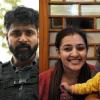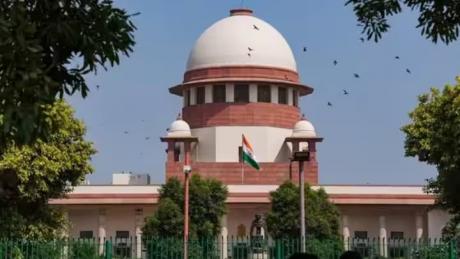Within a week of scripting a history through a successful landing of its lunar mission 'Chandrayaan-3' on the south pole of the Moon for the first time, India's space agency, Indian Space Research Organization (ISRO) is rolling up its sleeves for its upcoming paramount mission and this time, the target is none other than the Sun.
ISRO has on Monday - August 28 officially announced the launch details of its Solar mission - named 'Aditya-L1', which will be the country's first endeavour towards the Sun. After the Chandrayaan-3 success, all eyes are on Aditya-L1 as ISRO is spearheading what will become India's new era of space exploration. Aditya-L1 will be launched on September 2, ten days after Chandrayaan-3's lander had made a successful landing on the south side of the Moon.
Taking to social media, ISRO on Monday wrote, "PSLV-C57/Aditya-L1 Mission: The launch of Aditya-L1, the first space-based Indian observatory to study the Sun is scheduled for September 2, 2023, at 11.50 hrs IST from Sriharikota." ISRO had also invited the people to witness the launch from the gallery at Sriharikota and it has shared a link to book tickets. The objective of this solar mission is to get a deeper understanding of the Sun including its coronal heating and solar wind acceleration and solar wind distribution.
The spacecraft will be placed in a halo orbit around the Lagrange point 1 (L1) of the Sun-Earth system, which is about 1.5 million kilometers from Earth. A satellite placed in the halo orbit around the L1 point has a crucial advantage of continuously viewing the Sun without any occultation or eclipses, due to which the satellite can observe the solar activities and its effect on space weather in real time.
According to ISRO, "The spacecraft carries seven payloads to observe the photosphere, chromosphere and the outermost layers of the Sun (the corona) using electromagnetic and particle and magnetic field detectors. Using the special vantage point L1, four payloads directly view the Sun and the remaining three payloads carry out in-situ studies of particles and fields at the Lagrange point L1, thus providing important scientific studies of the propagatory effect of solar dynamics in the interplanetary medium."
"The suits of Aditya L1 payloads are expected to provide most crucial informations to understand the problem of coronal heating, coronal mass ejection, pre-flare and flare activities and their characteristics, dynamics of space weather, propagation of particle and fields etc", the space agency added. It has been reported that the total budget of Aditya -L1 project is around Rs 380 crore, though the budget wasn't officially announced by ISRO.
🚀PSLV-C57/🛰️Aditya-L1 Mission:
— ISRO (@isro) August 28, 2023
The launch of Aditya-L1,
the first space-based Indian observatory to study the Sun ☀️, is scheduled for
🗓️September 2, 2023, at
🕛11:50 Hrs. IST from Sriharikota.
Citizens are invited to witness the launch from the Launch View Gallery at… pic.twitter.com/bjhM5mZNrx









Comments